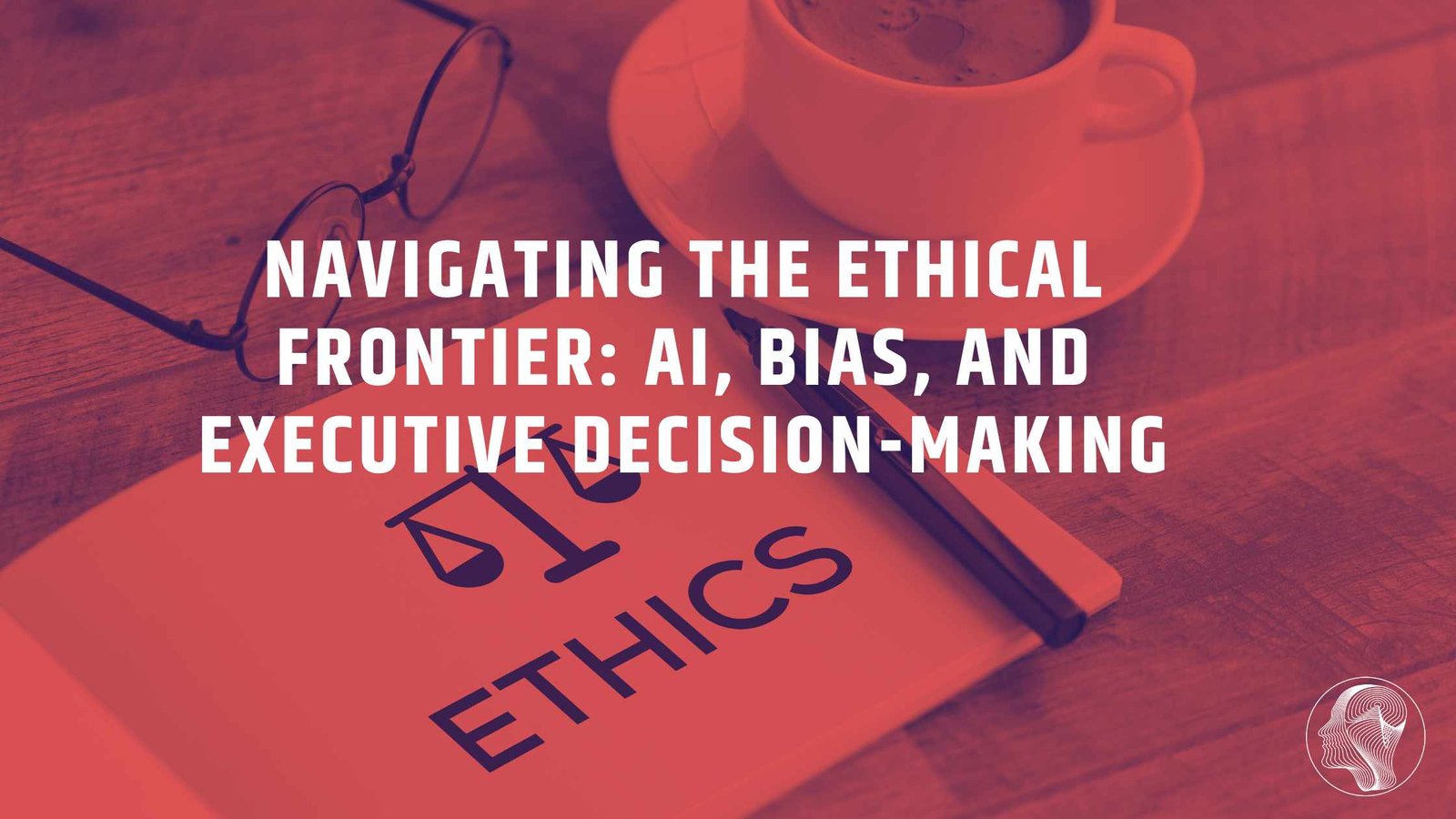Table of Contents
ToggleThe AI Black Box Problem Just Got Worse
We have a transparency problem in artificial intelligence, and it's about to get significantly more complex. While OpenAI's GPT-5 launch represents a major technological breakthrough, it introduces a concerning new reality: you no longer know which AI model version is making decisions for your business.
Unlike previous generations where users could select specific models (GPT-4, GPT-4 Turbo, etc.), GPT-5 operates as a “unified system” that automatically chooses from multiple internal variants without user knowledge. This shift toward AI opacity raises critical questions for businesses relying on AI for decision-making, compliance, and strategic planning.
GPT-5: One Name, Multiple Models
The Router System That Decides for You
GPT-5 isn't actually a single model—it's a collection of different AI variants managed by what OpenAI calls a “real-time router.” This system automatically selects which model version to use based on:
- Conversation complexity
- Required reasoning depth
- Tool integration needs
- User subscription tier
According to OpenAI's system documentation, the router makes these decisions in milliseconds, but users receive no indication of which specific model handled their request.
The Hidden Model Hierarchy
The GPT-5 ecosystem includes several internal variants:
- GPT-5 Main (replaces GPT-4o)
- GPT-5 Main-Mini (lightweight version)
- GPT-5 Thinking (reasoning-focused, replaces o3)
- GPT-5 Pro variants (premium tier exclusive)
This complexity mirrors challenges enterprises face with AI model versioning and governance, where maintaining consistency across different model versions becomes increasingly difficult.
Why AI Transparency Matters for Business
The Stakes Are Higher Than Ever
IBM's research on AI transparency emphasizes that transparent AI practices are crucial for high-stakes business applications. When AI systems make decisions about:
- Financial investments and lending
- Healthcare diagnoses and treatment
- Hiring and HR decisions
- Legal and compliance matters
The consequences of biased, inaccurate, or inconsistent AI outputs can be devastating. Businesses can face financial losses, legal liability, and reputational damage.
Regulatory Compliance Challenges
The EU AI Act and emerging global regulations require businesses to demonstrate AI transparency and explainability. When you can't identify which model version processed specific requests, compliance becomes nearly impossible.
Key regulatory requirements include:
- Audit trails for AI decisions
- Explainable AI (XAI) documentation
- Bias detection and mitigation records
- Model performance tracking
The Business Impact of AI Opacity
Decision-Making Uncertainty
Without knowing which GPT-5 variant handled specific tasks, businesses face several challenges:
Inconsistent Performance: Different model variants may produce varying quality outputs for similar tasks, making it difficult to maintain consistent business processes.
Audit Trail Gaps: Compliance teams cannot trace decisions back to specific model capabilities or limitations, creating regulatory risks.
Quality Control Issues: Businesses cannot optimize their AI usage when they don't know which models perform best for specific use cases.
Cost and Resource Implications
The automatic model selection system may not align with business priorities:
- Over-provisioning: Simple tasks might use expensive, high-capability models unnecessarily
- Under-provisioning: Complex tasks might be routed to insufficient model variants
- Budget unpredictability: Without model visibility, cost forecasting becomes challenging
Solutions for Maintaining AI Control
For Individual Users and Small Businesses
Prompt Engineering Strategies:
- Include explicit instructions like “think carefully about this” to trigger reasoning models
- Specify desired output quality levels in your prompts
- Request explanations of the AI's decision-making process
Documentation Practices:
- Maintain logs of AI interactions and outcomes
- Track performance patterns across different request types
- Monitor for consistency issues in AI responses
For Enterprise Organizations
Upgrade to Transparency-Enabled Plans:
OpenAI's ChatGPT Pro subscription ($200/month) provides model selection control, allowing businesses to:
- Choose specific GPT-5 variants for different use cases
- Maintain consistent model usage across teams
- Create audit trails for compliance purposes
Implement AI Governance Frameworks:
Following ISO 9000 AI governance principles, enterprises should establish:
- AI model versioning protocols
- Performance monitoring systems
- Bias detection and mitigation processes
- Compliance documentation procedures
The Future of AI Transparency
Industry-Wide Implications
The GPT-5 approach represents a broader industry trend toward “simplified” AI interfaces that hide complexity from users. While this makes AI more accessible, it creates new challenges for:
- AI auditing and compliance
- Performance optimization
- Risk management
- Cost control
Recommendations for AI Providers
To address transparency concerns, AI companies should:
Provide Model Identification: Include metadata indicating which model variant processed each request
Offer Granular Control: Allow users to specify model preferences for different use cases
Enhance Logging: Provide detailed audit trails for enterprise customers
Improve Documentation: Clearly explain model capabilities and limitations
Preparing Your Business for AI Opacity
Immediate Action Steps
- Assess Current AI Dependencies: Identify where your business relies on AI for critical decisions
- Evaluate Transparency Needs: Determine which processes require full AI explainability
- Review Compliance Requirements: Ensure your AI usage meets regulatory standards
- Consider Premium Solutions: Evaluate whether paid plans with model control justify the cost
Long-term Strategy Development
Build Internal AI Expertise: Train teams to understand AI capabilities and limitations across different model types
Develop Testing Protocols: Create systematic approaches to evaluate AI performance consistency
Establish Governance Policies: Define clear guidelines for AI usage in different business contexts
Plan for Regulatory Changes: Stay informed about evolving AI compliance requirements
Conclusion: Balancing Innovation with Control
While GPT-5's unified approach simplifies AI interaction for casual users, it creates significant challenges for businesses requiring transparency, consistency, and control. The key is finding the right balance between AI innovation and operational requirements.
Organizations must proactively address AI transparency challenges by:
- Investing in appropriate subscription tiers that provide necessary control
- Implementing robust AI governance frameworks
- Maintaining detailed documentation of AI usage and outcomes
- Staying informed about regulatory developments
As AI continues to evolve, businesses that prioritize transparency and control will be better positioned to harness AI's benefits while managing its risks effectively.
Ready to implement AI governance in your organization? Contact Intelli Brand AI to learn how our AI automation solutions can help you maintain transparency and control while maximizing business value.







